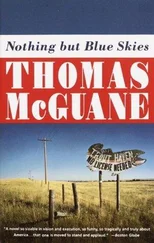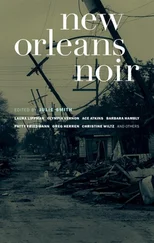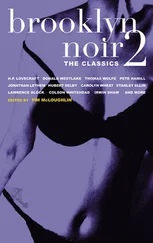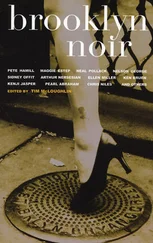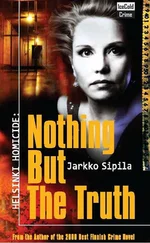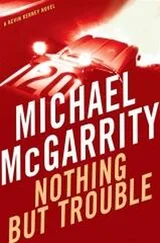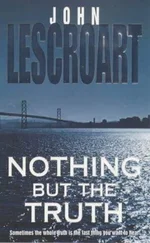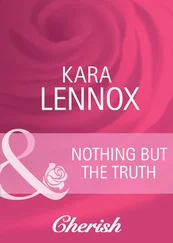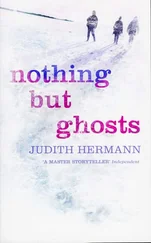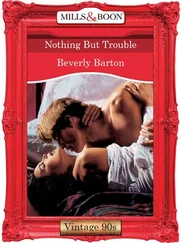I landed in Brooklyn in 1995. In Park Slope, where the young professionals were moving, where you can now rent a nice closet for about thirteen hundred a month.
Sunset Park is southwest of the Slope, set back from the East River’s edge, its west-east borders resting on a pier at one end and Fourth Avenue on the other. Past Fourth is Park Slope South, as the realtors tout it these days, in hopes of boosting rents for unsuspecting Manhattanites looking to escape and to save some of their Wall Street bonuses for themselves. (Good luck.)
From the pier it is all warehouses, concrete, and pavement. Rail lines for bygone freight cars are exposed in spots, laid across streets with patches of cobblestones where pavement peeled away like so much industrial scab. The Brooklyn-Queens Expressway, a curvy swath of road peppered with potholes and cracks, juts through the neighborhood, veering and bumping riders on their way to or from the Verrazano-Narrows Bridge, gateway to Staten Island.
To the rear of boxy warehouses that sit like giant blocks piled up at the water’s edge are a scattering of limestone and brick row houses; some wood frame ones too. The views are magnificent: New York Harbor, lower Manhattan, the Brooklyn Bridge, Lady Liberty, and Governors Island. All this in the panorama of Sunset Park.
The rising palisades of New Jersey lie on the horizon. And across the neighborhood, from Fourth Avenue down to the waterfront, apartments are perched over storefronts; some of the establishments gated in rusty aluminum, others open with vibrant neon, unchanged for years.
I always wondered what somebody’s life would be like living above a storefront. A sense of privacy is lost, I imagine. But if you happen to own the business down below, at least you’ve got a really short commute. I read somewhere that John Gotti kept a little old lady in an apartment up over the Ravenite, a Manhattan social club on Mulberry Street in Little Italy. That’s where Gotti held his secret meetings, when the old lady was out shopping. But then the little old lady agreed to cooperate with the feds. They went into her place when she wasn’t home, wired a bug into a lamp so they could listen from a remote van, and that’s how the feds taped his conversations; that’s how they got Sammy “the Bull” Gravano to rat out his don.
In the case of Sweet Cherry, it wasn’t so easy. No federal agent could put a bug in there and hear anything over the mega bump-and-grind decibels pumped out of the sound system.
Sweet Cherry occupied the ground floor of an unremarkable building at the corner of Second Avenue and 42nd Street. Only in New York City, America’s capital of irony, can there be two streets with the same names mere boroughs apart — the lesser-known address of Sweet Cherry versus the world-renowned main stem of Times Square.
The unremarkable building at the Brooklyn corner of 42nd and Second has an apartment upstairs with windows guarded by drawn shades pulled too far to one side, revealing only a slash of darkness beyond.
From the opposite side of the street, I’m walking by on a dreary February afternoon, assessing the remains of the strip club.
There’s a big vertical sign, as tall as the building itself, with a curvy black-and-white silhouette of a dancer, set against a field of fuchsia, beneath the words Sweet Cherry in script. Another sign, this one running horizontal along the wall of the building, is smashed and cockeyed, with exposed dead fluorescent tubes. To the left of the tubes is a third sign with red lettering on a white board, also cockeyed and hanging from wires. It reads, BUILDING FOR SALE BY OWNER .
A delivery guy with a plastic sack of Chinese food dangling from his wrist is banging on the door of the apartment, checking the order stub for the address, looking up at the windows, waiting for some sign of life. Nothing.
I glance up at the windows again, and I can’t believe anybody’s inside of that apartment, or wanting to be. It’s all the kind of charcoal-gray so thick you can practically feel it. I imagine cuts of light trying to pierce through the cloth shade of a lamp; the shade is streaked in cigarette-yellow. All in all, not my kind of room.
A man appears at the corner. A big guy, a Latino from the hood. He attempts to help the Chinese delivery guy by yelling up to the window, something indecipherable to me. No matter how much the big guy hollers — nothing. The delivery guy gives up, disgusted at the waste of his time. I cross the street and ask the big guy what’s up in my own weak Spanglish.
“Good place to let loose, you know, good times,” he answers me in English.
I ask him his name. Jorge, he says.
“Some people got hurt here,” I tell Jorge.
“I don’t know about that stuff. Never happened when I was here.”
“What about the bad stuff I heard about — murder, dope, sex for sale?”
“Ah, come on, man. This is a bordello, bad things can happen. You don’t like bad things, you don’t go, right? Besides, it’s all dead and gone to me.”
It wasn’t murder, drugs, or intimations of rape that brought down Sweet Cherry. It was, ultimately, a decision — a cooperative, multi-agency effort, according to law enforcement types — that finally did it.
To be sure, three homicides in as many months helped: Irving Matos, manager of the club’s bouncers, was shot dead in his apartment; Wayne Tyson, a club patron, met the same fate as his associate Matos, only Tyson was knifed; and Edwin “Eric” Mojica, who ran a security firm that pimped out work to bouncers, was killed a few weeks after his buddy Matos was cancelled.
Usually it’s good things that happen in threes; at least that’s what they taught me in Sunday school. The cops needed an angle to shut the club once and for all, and what better angle can you ask for than homicide-times-three?
Murder was grist for a community board hearing in early 2005. Angry residents — the hard-working, daily-grind subway-commuter types — stood, one furrowed brow after another, demanding that Sweet Cherry be shuttered. We’ve got respectable businesses and families working and living side by side, they all said. Our kids are not safe with drunks from the night before stumbling around in the morning.
On went the grievances, one after another after another, from the frightened families. The politicos offered up the standard retorts and compulsory agreements.
Then lawyers on the Sweet Cherry payroll had their say.
In the end, and very quietly, the board granted renewal of a liquor license for Sweet Cherry — good through October 2007.
And the families were left wondering, who’s paying around here?
I ask my new friend Jorge what really happened in these parts.
“I used to go there a lot, to get away from the kids and the television,” he says. “You know, in Mexico, we never had a television. I come to America and my wife, she wants two. There’s one in the living room and one in the bedroom. I only watch soccer.” He slurps from a paper coffee cup. “So, I like to come here and meet my friends, and have some whiskey, and watch some naked girls. We had a good time.”
Didn’t it get rough sometimes? Wasn’t he scared?
“I seen some beatings, you know? Crazy shit, but you turn your head.” He thinks for a second and reasons, “If you aren’t getting hit, you stay out of it. But I heard stories, you know? You go anywhere long enough, you hear stories. They had one good fucking lawyer, I know that.”
The phone rang in the Court Street law offices of Lance G. Lazzaro, counsel for Sweet Cherry. On the end of the line was Jimmy DeNicola, owner of the club. After the hellos and badabings, the conversation probably went something like this:
— I kept the license for you. That was huge. Now don’t mess it up.
Читать дальше

